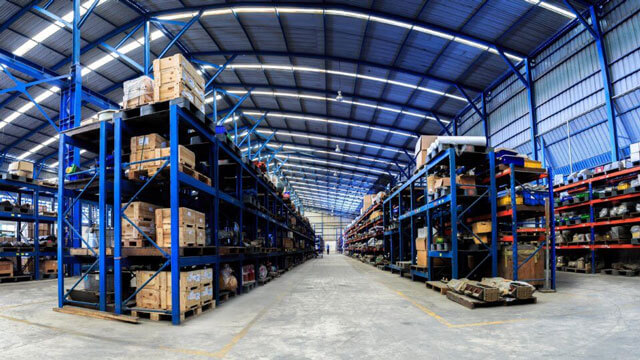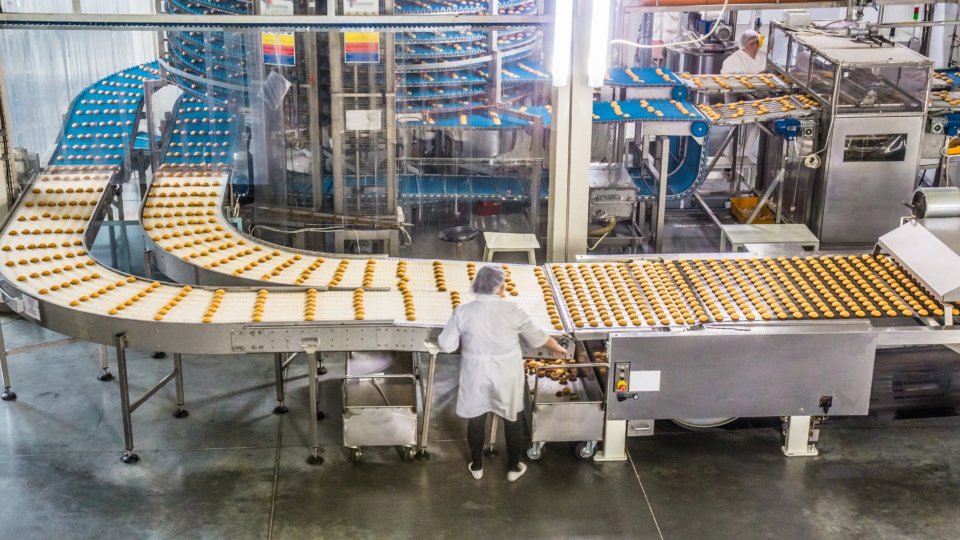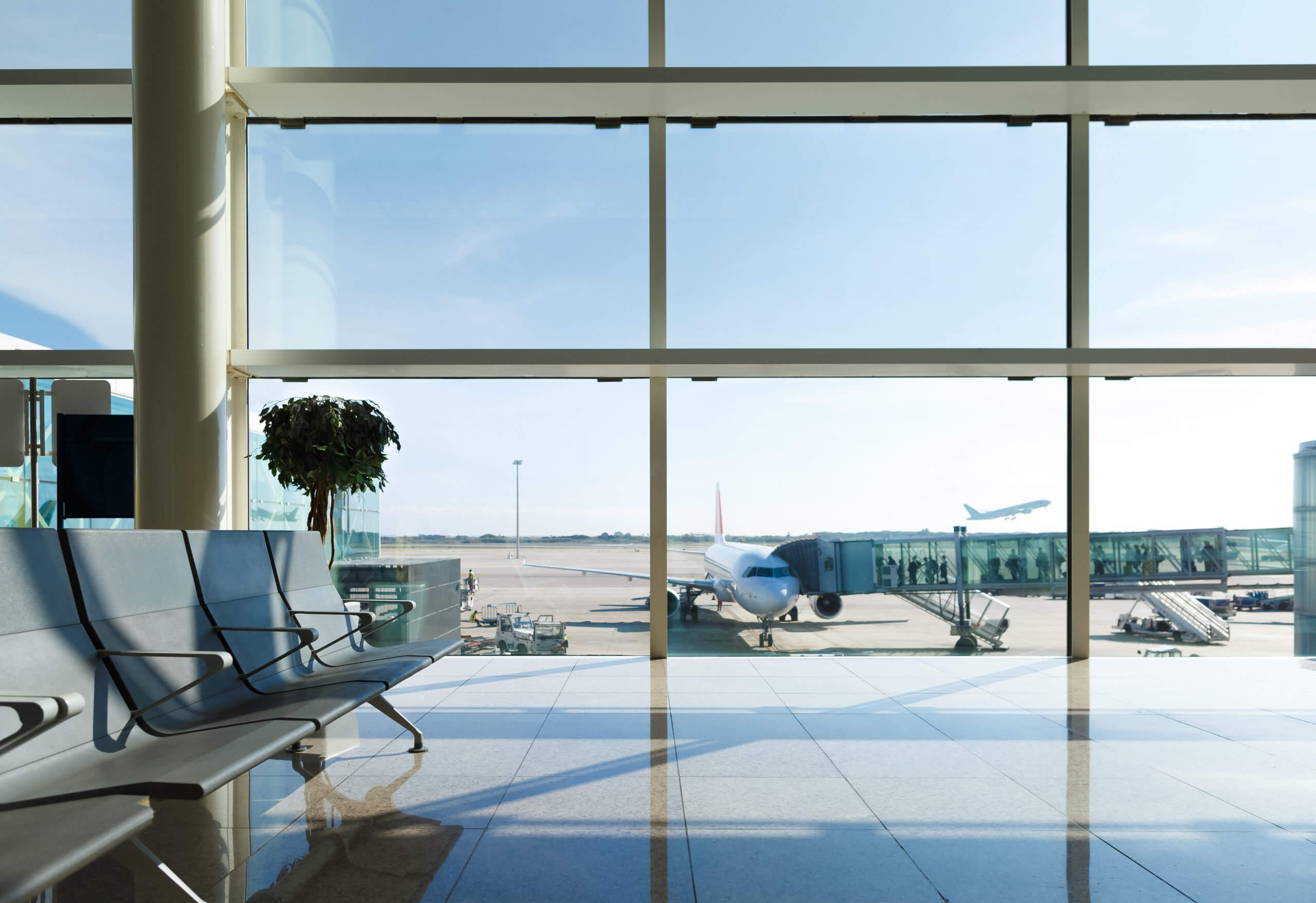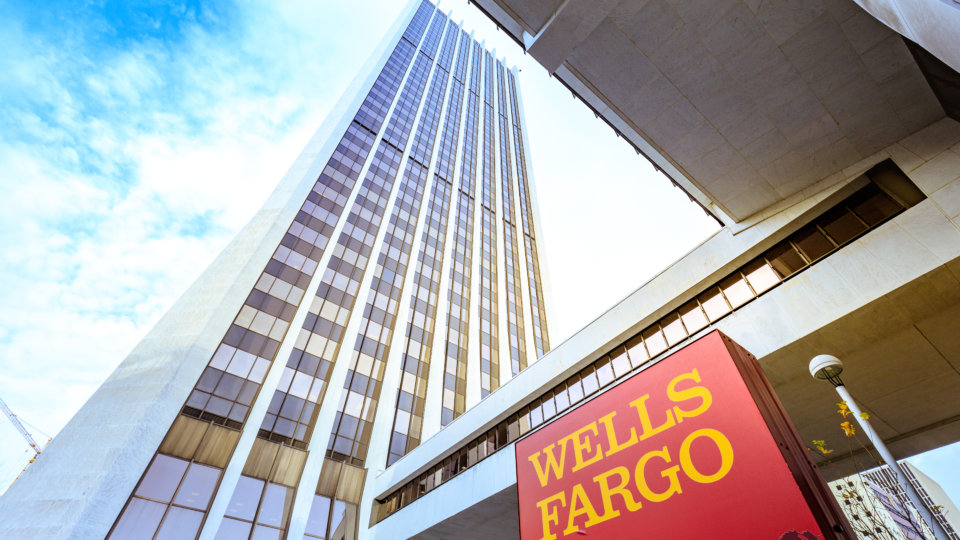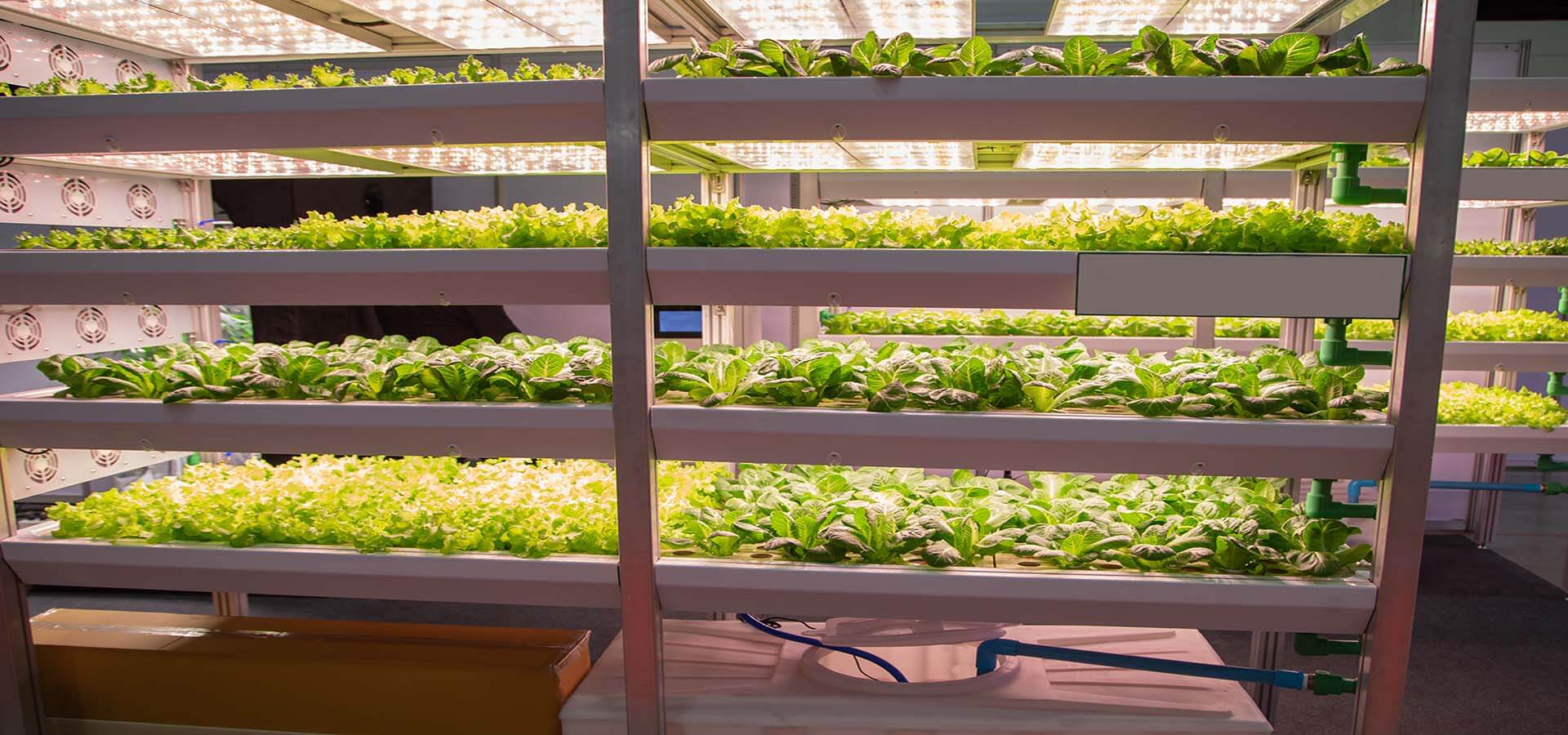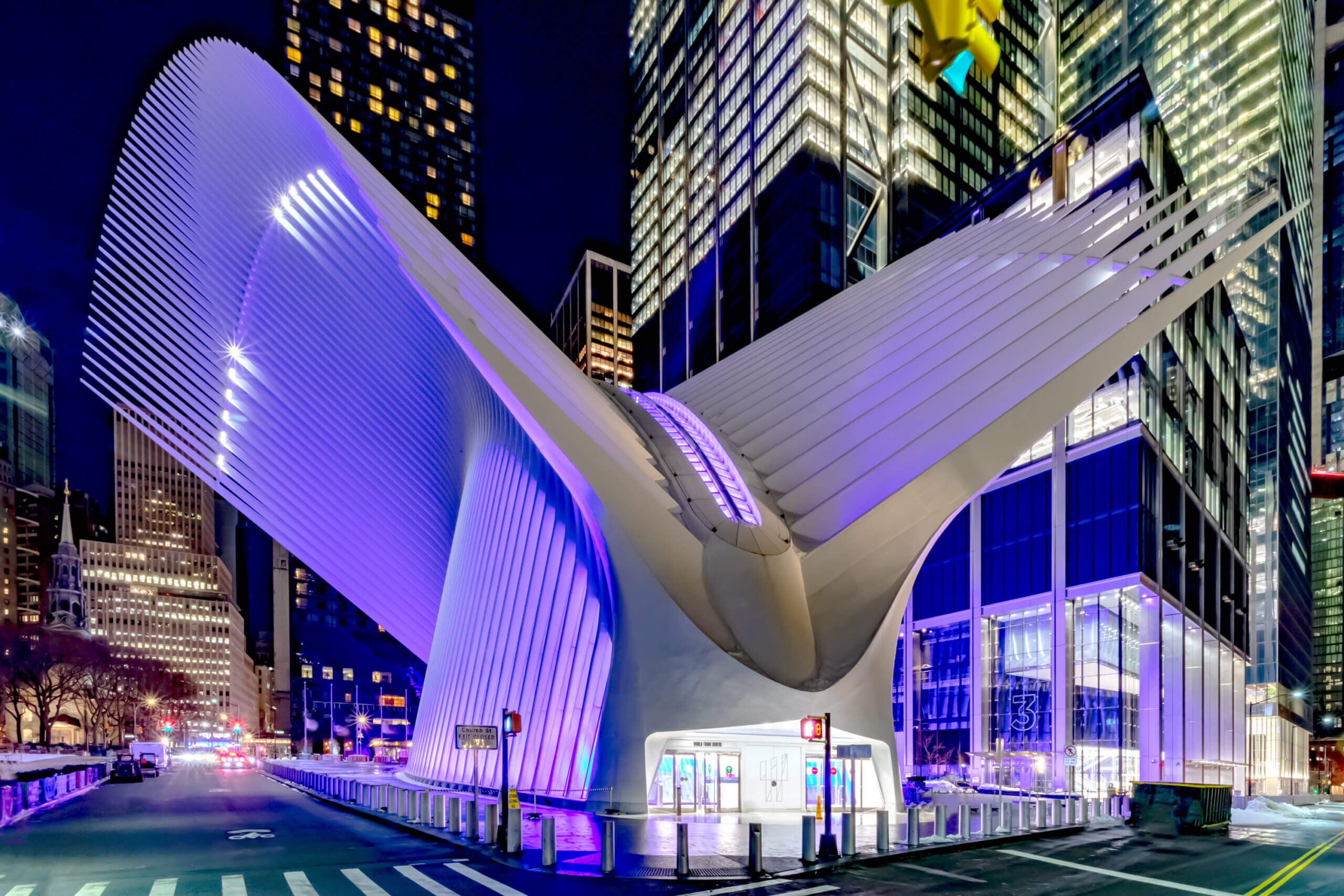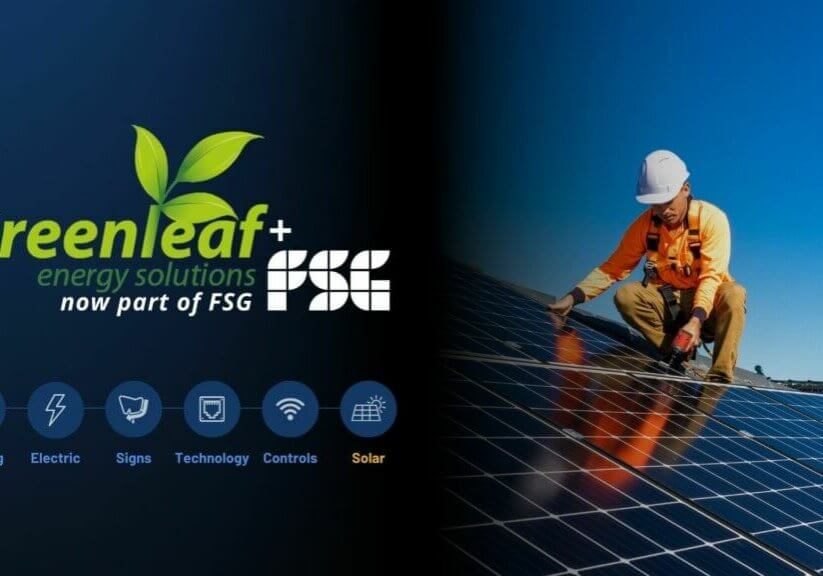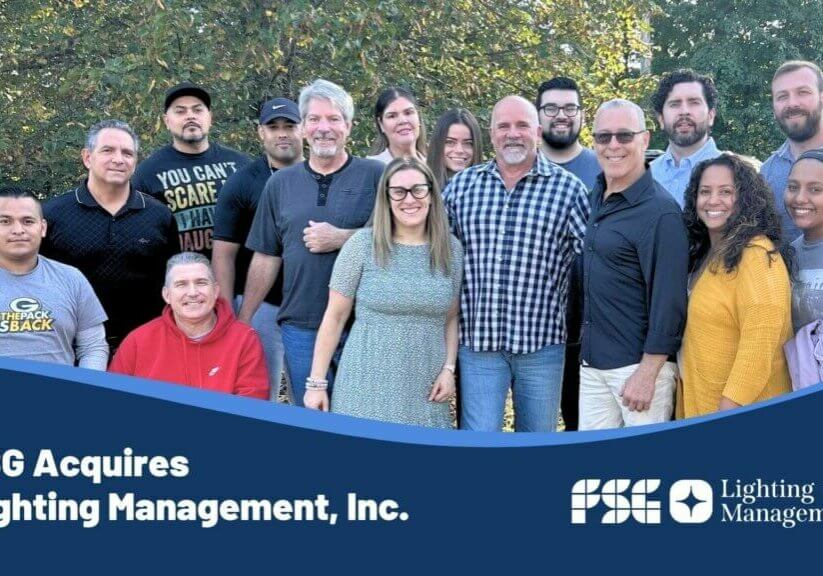2020 Reflection: A Year of Unprecedented Facility Challenges and Solutions
Share Article
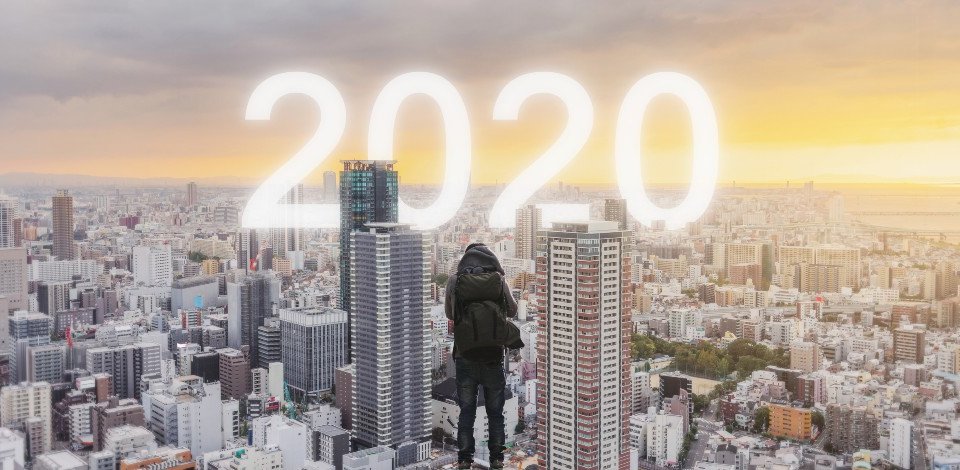
If the end of the year finds you still in business, chances are you have learned how to pivot. Maybe the story of your business already included successful reactions to sudden changes of plan long before the year began.
If so, 2020 likely plucked you from the minor leagues of adaptability and dropped you in the big leagues as a bona fide Pivot Pro.
Either way, congratulations are in order. You’re still here.
And even though the coronavirus pandemic is far from over, there is encouraging news in the form of new therapies and vaccines that promise to substantially ease the public health crisis in 2021.
So as we wind down what has easily been the most challenging year in recent memory, let’s take a moment to reflect on some of the takeaway operational approaches that got us through the year, and to look ahead at ways our businesses can thrive as we leave this troubled year behind.
Goodbye Business as Usual
Focusing for a moment on schools, restaurants, and retail operations, the time has come to understand and accept that the old ways of doing business are likely gone forever. For customers grown accustomed to enhanced protective measures, proper due diligence will likely become a key differentiating factor when choosing where to send their kids, where to eat, and where to shop.
When new COVID-19 vaccines have been widely administered and daily headlines have shifted to other matters, most customers will continue to expect some measure of pro-activity against the spread of viruses and illnesses in our public spaces.

That means that many of the operational pivots of 2020 – the plexiglass dividers, the distancing practices, the new cleaning protocols – will likely be around for a while.
The good news for facility managers is that while some of these reactive pivots were difficult to implement at the time, they served a purpose and delivered you to this moment.
With that truth in mind, and as we consider a post-COVID future, facility managers tasked with providing for the health and safety of students, employees, and customers will undoubtedly be looking at proactive pivots they can take now to ensure long-term operational success.
Promoting Public Health in Public (and Private) Schools
In 2020, the challenge for school administrators involved taking immediate measures to disinfect schools, ensuring student safety, and addressing the concerns of parents.
Across the country, school campuses embraced enhanced cleaning protocols, staggered start times, recess breaks, and passing periods, optimized desk spacing, and instituted a variety of other operational measures to address hygiene and limit exposure between student and teacher groups.

While not perfect, these immediate measures allowed most students to continue to receive the education we’re charged with providing them.
Looking to the future, schools will likely continue to adapt the procedural approaches they take to match the particular needs of their students, parents, and teachers.
Food Service Redefined – How 2020 Changed Everything
The coronavirus pandemic exploded in society at the beginning of 2020, bringing with it many more questions than answers. As civic leaders, elected officials, and public health experts worked to formulate responses on all levels, families and individuals still had to figure out what was for dinner.
For our nation’s restaurant owners and operators, one thing became instantly clear: you can’t eat with a mask on. And as more studies like this one indicated that restaurants were among the least-healthy environments during an airborne viral outbreak, restaurants had to pivot…fast.

So as dining room occupancy levels were slashed, curbside service, food delivery, and ghost kitchens – warehouse spaces that house multiple delivery-only restaurant operations – emerged as immediate responses to the new reality that going out to dinner was going out of style.
For some restaurants, the changes that took place in 2020 were difficult, but ultimately led to new opportunities. Others, particularly destination-type restaurants with brands built around the dining experience, continue to struggle here at year end.
Retail on the Ropes…Still, Again
Across the country, the arrival of the COVID-19 pandemic was the final blow for many small, non-essential retail businesses. For many of the brands that finally closed their doors in 2020, the decade-long, industry-wide digital transformation toward online commerce was already stretching them to their limits. For these retailers, COVID-19 was the final straw.
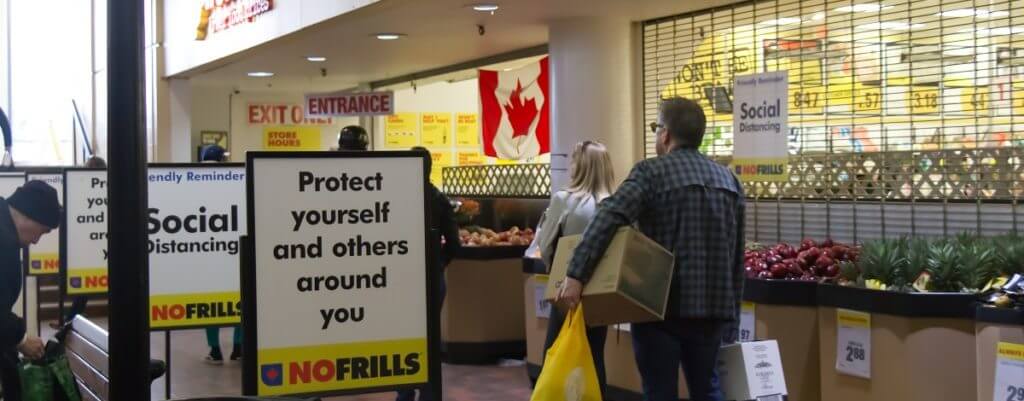
Interestingly, a number of essential retailers – pharmacy, grocery, and home improvement chains – experienced a big boost in 2020. But even as sales surged for these essential businesses, so too did their operating costs as new safety protocols and operating procedures were expensive.
According to the U.S. Census Bureau, 88% of retail sales before the pandemic were occurring offline. While home delivery and curbside pick-up have risen to the occasion, there is still an expectation that consumers will return to the stores in person once the health safety situation improves.
For Pandemic Survivors – Technology is the Common Denominator
Every school principal, chef, and store general manager still in business here at year’s end will all agree that 2020 pushed their operations to the limit.
And while the particular challenges they faced were unique to their industry, they all share an understanding that technology was largely responsible for their survival.
For sure, each industry sector discussed here had to rely on good old-fashioned hustle, elbow grease, and blind determination to get through 2020.
But streamlined parental notifications, remote learning, dining delivery apps, curbside pickup, and online shopping analytics drove many schools, restaurants, and retail outlets to do more than just barely survive during the most challenging of times.

And this is a lesson that will not likely be forgotten once the air clears and this particular pandemic is gone.
Technology-Driven Improvements in Facility Safety
Before the pandemic, school administrators, restaurant owners, and retailers all knew that maintaining a healthy facility was important. After 2020, facility safety has become a matter of business survival.
Across all industries, wherever people gather inside buildings, facility managers are focused more than ever on optimizing health and safety within those spaces.
And just like in so many other instances throughout history, innovation is providing an answer through the application of smart new technologies.
Facility Disinfection through HVAC Systems
The emergence of Needlepoint Bipolar Ionization (NPBI) has created a fresh opportunity for those tasked with maintaining healthy and safe interior spaces for students, customers, and employees.
Unlike unipolar ionization, and earlier bipolar ionization technologies (Corona Discharge), NPBI technology delivers all the disinfection benefits without generating ozone.
NPBI uses an electronic charge to create a plasma field of both positive and negative ions that travels within the air stream, attaches to pathogens, particles, and gas molecules, breaks them down, and renders them ineffective.
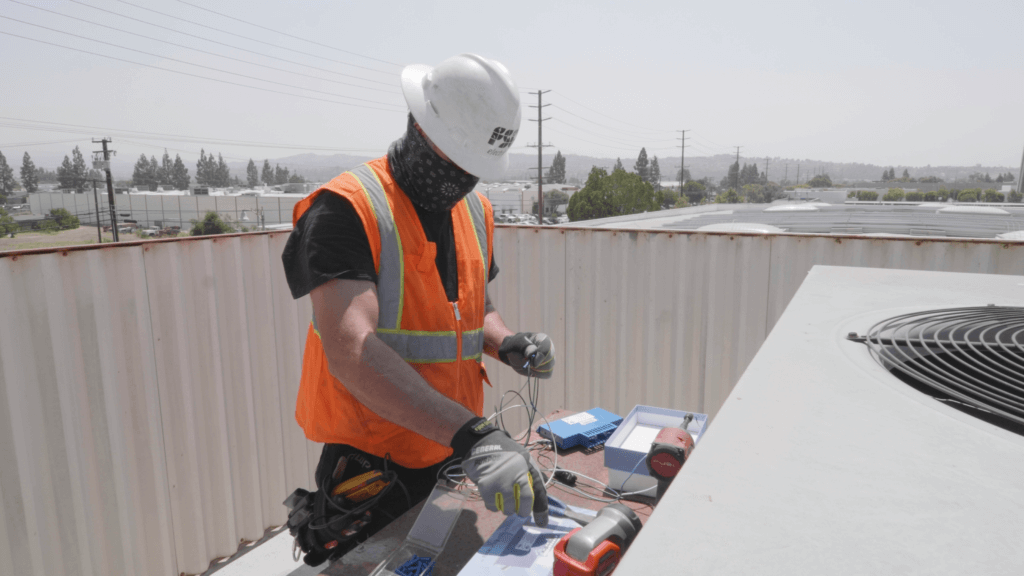
This technology has been in use since the 1970’s, and there are hundreds of thousands of installations worldwide. Independent testing from April 2020 showed that NPBI deactivated 99.4% of SARS COVID-2 (the virus that causes COVID-19) in 30 minutes.
Importantly, NPBI technology safely deactivates pathogens in the air in real time, while spaces are occupied.
For facility managers, the installation of NPBI technology within existing HVAC system ductwork provides clear and immediate Indoor Air Quality (IAQ) improvements.
As government and industry experts continue to formulate precise recommendations and guidelines for system sizing and configuration, some facility owners are choosing to proactively integrate systems that demonstrably improve IAQ.
Disinfecting with UVC Light
According to the U.S. Centers for Disease Control (CDC), schools should “consider using ultraviolet germicidal irradiation (UVGI) as a supplement to help inactivate SARS-CoV-2, especially if options for increasing room ventilation are limited.”
Some schools have already embraced UVC as one way to demonstrate their best efforts to keep children and teachers safe.
For other businesses, UVC has great application potential as well. When using UV-C light equipment, restaurants and retailers don’t have to worry about chemicals, over-spray, or the hazards associated with toxic cleaning supplies.
UV-C has the shortest wavelength and highest energy output of all ultraviolet light. It’s powerful enough to disrupt the DNA of virus cells and prevent them from replicating.
According to the Illuminating Engineering Society (IES), “UVC is the only UV light that has been effectively tested to inactivate viruses and kill bacteria, according to several studies.” See their informative FAQ on the topic here.
Big Takeaway from a Challenging Year
For all types of business owners, administrators, and facility managers, if 2020 has taught you anything, it should have taught you this: you have to learn to embrace the pivot.
With enough practice, and enough forward thinking about new solutions, pivoting through adversity might just become the move you’re most proud of mastering.
In 2021 and beyond, leaders who imagine that everything will return to “business as usual” are missing the big lesson of 2020. The COVID-19 pandemic will have a dramatic impact on the future of every type of business in every type of industry.
Those businesses that embrace the change and adapt their systems and facilities to meet the new reality will likely thrive, as some have done in 2020.
For others, the outcome might not play out so well.
At FSG, we want to be part of the solution to the facility challenges you’ll face in the new year.
If all you have is a question about some of the ways you can make your facilities safer for your internal and external customers, we stand ready to provide you with the information you need to take action and pivot like the pro you are.
Call us at (512) 886-1258 or use the form below if you have any questions about how FSG can help your business in 2021.




